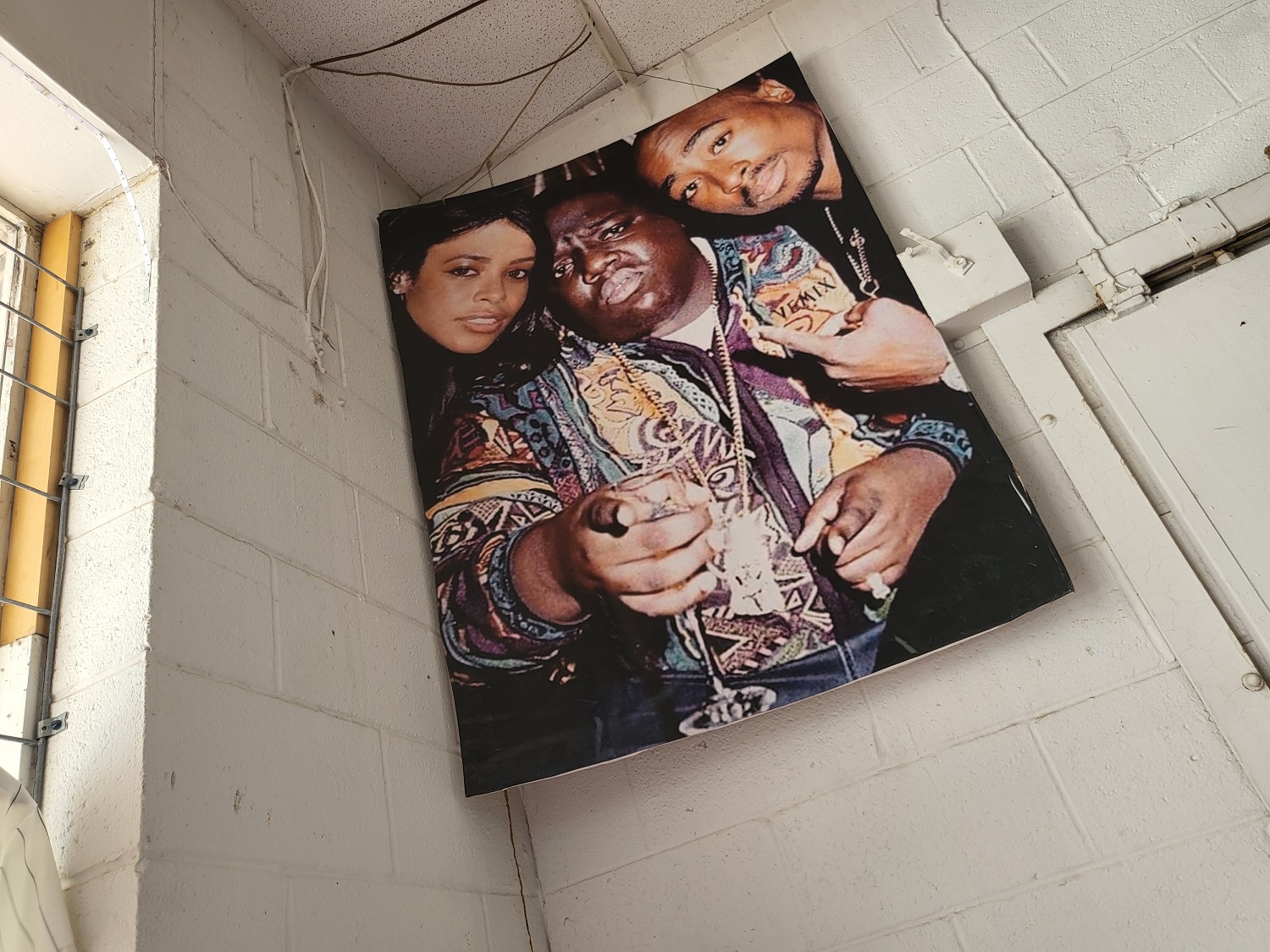
It was preceded by the reel-to-reel 1⁄ 2" EIAJ format. The effort produced the U-matic format in 1971, which was the first cassette format to become a unified standard for different companies. In 1969, JVC collaborated with Sony Corporation and Matsushita Electric (Matsushita was then parent company of Panasonic and is now known by that name, also majority stockholder of JVC until 2008) in building a video recording standard for the Japanese consumer. In 1964, JVC released the DV220, which would be the company's standard VTR until the mid-1970s.
#Vhs tape broken professional
In 1959, JVC developed a two-head video tape recorder, and by 1960 a color version for professional broadcasting. Kenjiro Takayanagi, a television broadcasting pioneer then working for JVC as its vice president, saw the need for his company to produce VTRs for the Japanese market, and at a more affordable price. At a price of US$50,000 in 1956 (equivalent to $538,188 in 2022), and US$300 (equivalent to $3,229 in 2022) for a 90-minute reel of tape, it was intended only for the professional market. In 1956, after several attempts by other companies, the first commercially successful VTR, the Ampex VRX-1000, was introduced by Ampex Corporation. However, VHS collecting would make a comeback in the 2020s. The last known company in the world to manufacture VHS equipment ( VCR/DVD combos), Funai of Japan, ceased production in July 2016, citing shrinking demand and difficulties procuring parts. Sony Pictures Home Entertainment ceased production of VHS in late 2010 in South Korea. In 2003, DVD rentals surpassed those of VHS in the United States, and by 2008, DVD had replaced VHS as the preferred low-end method of distribution. After the introduction of the DVD format in 1996, however, the market share for VHS began to decline. The earliest of these formats, LaserDisc, was not widely adopted across Europe, but was hugely popular in Japan and a minor success in the United States. Optical disc formats later began to offer better quality than analog consumer video tape such as VHS and S-VHS. VHS eventually won the war, gaining 60% of the North American market by 1980 and emerging as the dominant home video format throughout the tape media period.

Two of the standards, VHS and Betamax, received the most media exposure. In the later 1970s and early 1980s, the home video industry experienced a "format war" between incompatible tape standards backed by competing technology companies. In the 1970s, videotape technology became affordable for home use and widespread adoption of videocassette recorders (VCRs) began, largely as a means for television viewers to watch programming at more convenient times or more than once. Magnetic tape video recording was adopted by the television industry in the 1950s in the form of the first commercialized video tape recorders (VTRs), but the devices were expensive and used only in professional environments. It wasn’t until 2000 with the introduction of the DVD that VCR use began to decline.VHS (short for Video Home System) is a standard for consumer-level analog video recording on tape cassettes invented in 1976 by the Victor Company of Japan and was the competitor to the ill-fated Sony Betamax system. This continued into the 1990’s even when new technology was being introduced such as the LaserDisc and Video CD. According to Wired, “VHS taught us a lesson that’s played out over and over in format wars since: ‘affordable’ and ‘open’ almost always trumps ‘good.’”īy the 1980’s the industry was booming. Betamax was the first to the market in 1975 and it was arguably better quality however VHS was more affordable. There were two competing formats of VCR, the VHS and Betamax or Beta. The big companies that were successful were from Japan and included Matsushita Electric / Panasonic, JVC, and Sony,

Phillips also developed an early version of the VCR but it wasn’t until 1975 that mass market success began. It was released to the public in Tokyo, 1971 and was also used in news rooms but it too was very expensive so not many homes had the device. In 1969 Sony developed an early prototype of what would eventually become the VHS VCR called the Sony U-matic system.
#Vhs tape broken tv
The first commercially available VCR was developed in 1956 by Ampex however due to its expensive price of $50,000, it was only used by TV stations and networks. Later models had multiple event digital clock timers that could program many recordings at once. Most VCR’s consist of a timer or programmable clock in order to record shows while not present and a tuner or TV receiver for television reception. A VCR or videocassette recorder is a device that records analog audio and video on a videotape, either VHS or Betamax from television and has the ability to play the recording back on a television.


 0 kommentar(er)
0 kommentar(er)
